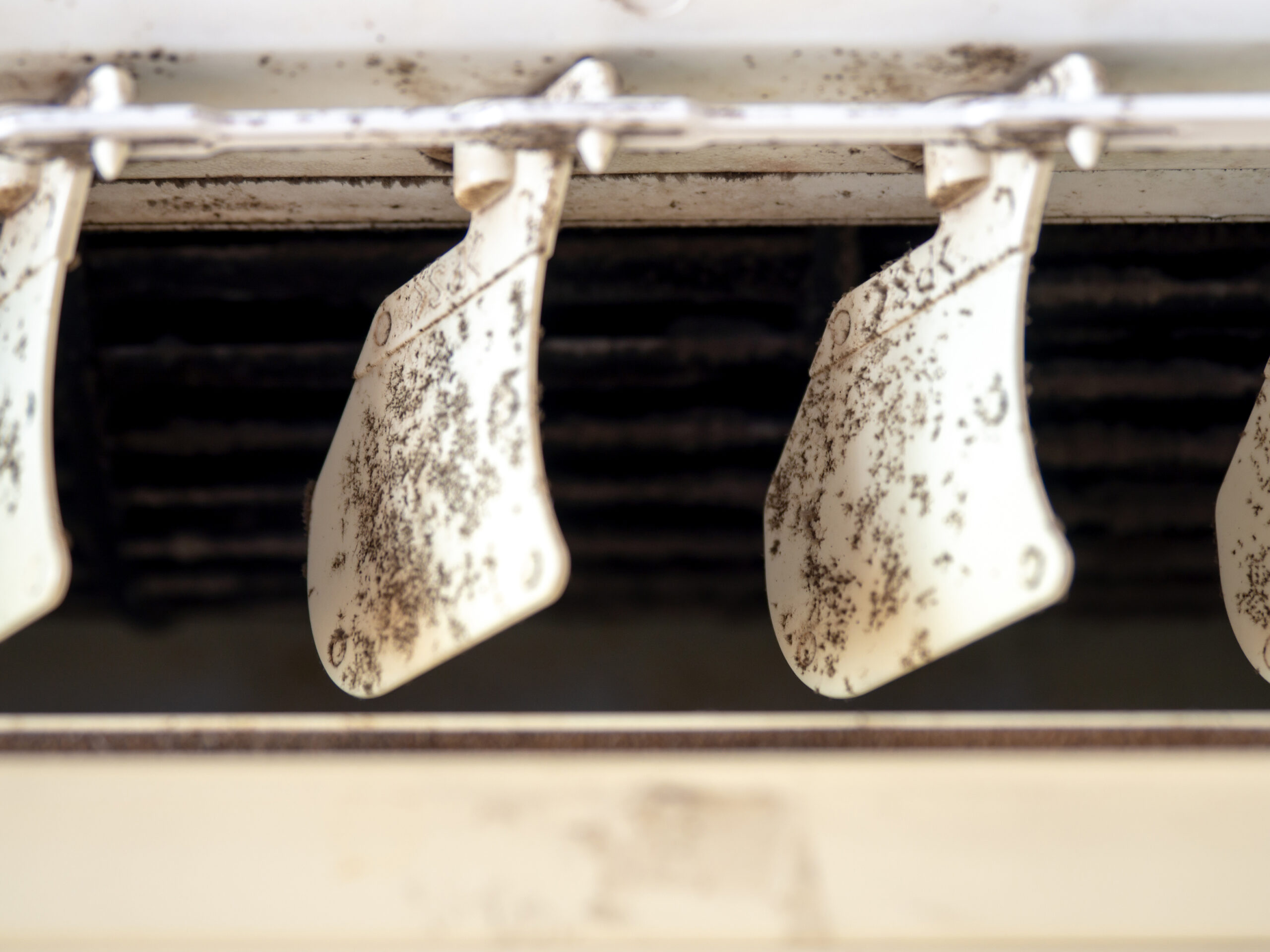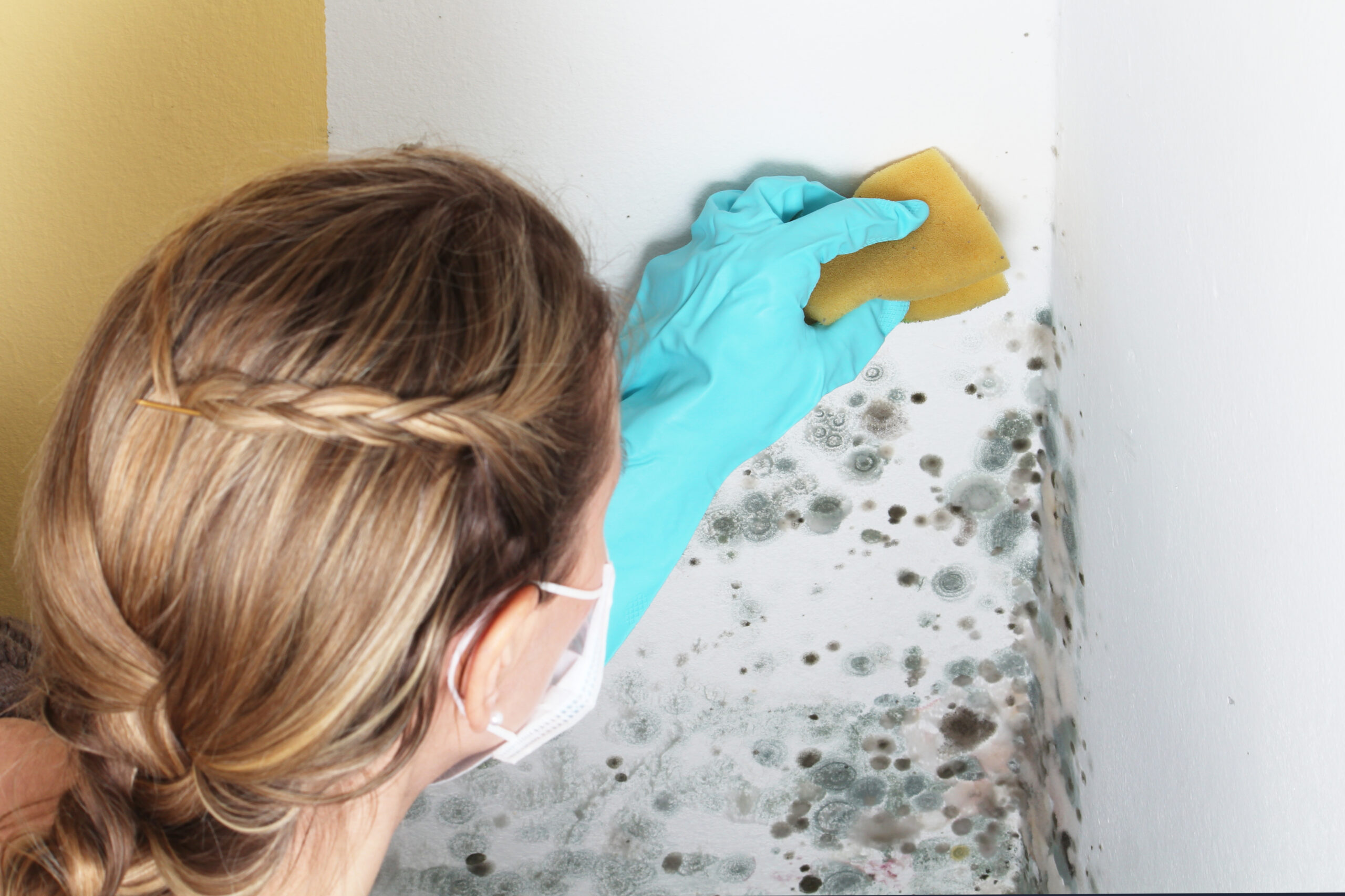If you live in the Tampa area and suspect mold in your home, your first instinct might be to search for DIY mold removal tips. From vinegar and bleach to baking soda and essential oils, the internet is full of advice. But how effective are these methods really?
Let’s break down the most common DIY mold removal techniques, why they often fail, and what makes Mold Zero’s solution the safest, most effective option for Tampa homeowners.
Common DIY Mold Removal Methods in Tampa
Here are some of the most frequently recommended do-it-yourself solutions people try:
Bleach
How it’s used:Sprayed directly on moldy surfaces.
Can Bleach Kill Mold? The Truth Behind a Common Myth
It’s one of the most persistent DIY beliefs out there: “Just use bleach to kill the mold.”
While bleach can kill sometypes of mold on certainsurfaces, the full truth is more complicated — and far less reassuring.
If you’re dealing with a mold problem in your home or business, it’s important to know what bleach can actually do, what it can’t, and when it’s time to call a professional.
What Bleach Can Do
- On non-porous surfaces(like glazed tile, glass, metal, or hard plastic), household bleach can kill many types of mold, including common strains like Aspergillus, Penicillium, and Cladosporium.
- Bleach acts as a surface-level biocide, meaning it can destroy mold cells it directly contacts.
- When used properly, it can temporarily remove visible mold growth on smooth surfaces.
What Bleach Can’t Do
Despite its popularity, bleach has serious limitations when it comes to mold:
1. It Doesn’t Penetrate Porous Materials
Bleach is water-based. On porous surfaces like wood, drywall, fabric, or grout:
- The water component soaks into the material,
- …but the active ingredient (sodium hypochlorite) largely stays on the surface.
- This means the mold inside those materials survives — and often regrows quickly.
2. It May Not Kill Mold Spores
Even on hard surfaces, dry or dormant sporesof mold species like Aspergillus nigeror Cladosporiumcan sometimes resist bleach exposure. These spores can survive in tiny cracks or shielded crevices, waiting for moisture to return.
3. It Doesn’t Neutralize Mycotoxins
Some dangerous molds, such as Stachybotrys chartarum(“black mold”), produce mycotoxins— toxic chemical byproducts. Bleach may kill surface mold, but it doesn’t remove or neutralize these toxins, which can still cause health issues.
4. It’s Corrosive and Unstable
Bleach can damage surfaces, emit harsh fumes, and lose effectiveness quickly once exposed to air and light. It’s not a long-term solution and can even make things worse by spreading mold sporesif used improperly.
🧪 What Studies Show
Scientific research supports the idea that bleach isn’t a reliable mold solution:
- A USDA study found bleach ineffective at preventing mold regrowthon wood and other porous surfaces.
- Some species with protective biofilms or melanin-rich cell walls— like Chaetomium, Trichoderma, and Alternaria— can survive surface treatments and regrow within days.
- Even on tile and sealed surfaces, bleach may not eliminate all spores or prevent future outbreaks.
- Bleach is not recommended for use on porous materials like wood, drywall, ceiling tiles, insulation, and unsealed grout or concrete, as it cannot penetrate these materials to eliminate mold roots, leading to potential regrowth.
White Vinegar
How it’s used:Applied undiluted or with water as a “natural” mold killer.
Why it doesn’t work:While vinegar can kill some species of mold on the surface, it won’t neutralize airborne spores or mold growing inside walls or HVAC systems.
Ineffective Against Certain Mold Species: Studies have found that vinegar is not effective against all mold types. For instance, it does not effectively kill Aspergillus fumigatus, a common household mold.healthline.com
Limited Penetration on Porous Materials: Vinegar’s effectiveness diminishes on porous materials like wood, drywall, and carpet, as it cannot penetrate deeply enough to eradicate mold roots, leading to potential regrowth. bustmold.com
Not a Comprehensive Solution: While vinegar can address surface mold, it does not neutralize mycotoxins produced by certain molds, such as Stachybotrys chartarum(black mold), which can pose health risks even after the mold is killed.
Baking Soda & Hydrogen Peroxide
How they’re used:Sprinkled, sprayed, or combined to scrub away visible mold.
Why it doesn’t work:These can help remove stains but have limited effect on live mold colonies, and absolutely no effect on spores that may be circulating in the air.
Essential Oils (like tea tree or clove)
How they’re used:Mixed with water as a natural mold deterrent.
Why it doesn’t work:These may mask the smell or inhibit surface mold growth temporarily, but they are not a substitute for professional remediation.
Why DIY Mold Removal Doesn’t Solve the Real Problem
Tampa’s high humidity makes mold incredibly persistent. Even if you scrub away visible patches, mold often grows inside walls, under flooring, in ductwork, or behind bathroom tiles—places no home remedy can reach.
Worse, disturbing mold can release millions of spores into the air, which spread throughout your home and can worsen health issues like:
- Allergies and asthma
- Chronic sinus infections
- Fatigue or headaches
- Respiratory irritation
That’s why the real problem isn’t just the visible mold—it’s the invisible spores. And no DIY solution addresses them thoroughly.
The Mold Zero Advantage: Safe, Effective, Total Mold Eradication
Mold Zero uses a signature fog technology that doesn’t just clean what you see—it eliminates what you don’t.
Here’s how it works:
Step 1: Non-Toxic Treatment
We use an EPA-registered sterilant that is aerosolized into the air. This treatment fills the entire space—penetrating air vents, wall cavities, furniture, and every crack and crevice. It neutralizes mold spores in the air and on surfaces, safely and completely.
Step 2: Safe for People and Pets
Our treatment leaves no residue, and is completely non-toxic—safe for families, kids, pets, and even people with respiratory sensitivities.
Step 3: Antimicrobial Protection
After the initial remediation, we apply a proprietary antimicrobial barrier that bonds to surfaces and helps prevent mold from returning. It’s an invisible, long-lasting layer of defense that DIY methods simply can’t match.
Why Tampa Homeowners Trust Mold Zero
Tampa’s tropical climate is perfect for mold, and that means homeowners need more than temporary solutions. Mold Zero has helped thousands of families across the Tampa Bay area safely eliminate mold from their homes, removing only the material that needs to be removed and not relying on harsh chemicals.
We also locate and help handle the source of the mold, be it humidity, a leaky roof or leaky plumbing or condensation.
If you’re tired of trying solutions that don’t work, or you’re concerned about hidden mold that could be affecting your health, it’s time to call a pro. .
Schedule Your Free Mold Inspection Today
Just because you can’t see it doesn’t mean it’s not there. Don’t gamble with your family’s health. Mold Zero’s professional mold removal system is fast, safe, and proven to work.
Serving Tampa and the surrounding areas.
📞 Call: (727) 900-7202
🌐 Visit:www.moldzero.com
Fast Scheduling | No Obligation | No Hidden Fees




